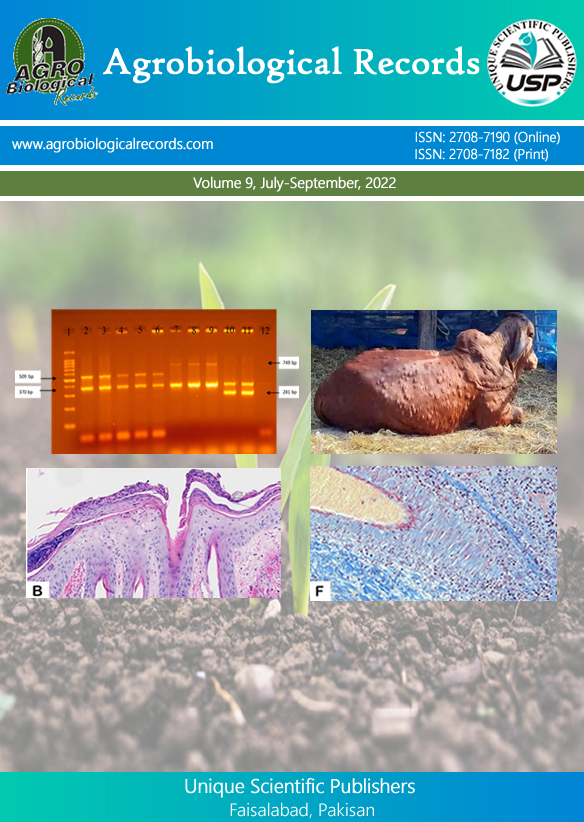
Hafiza Iqra Almas1,†, Tehreem Mariam1†, Sana Khan2, Ma Xiao Juan3 and Abdul Rehman4,*
1Department of Plant Breeding and Genetics, University of Agriculture, Faisalabad-38040, Pakistan 2State Key Laboratory for Crop Stress Resistance and High-Efficiency Production and College of Agronomy major Crop Genetics and Breeding, Northwest A&F University, Yangling, Shaanxi 712100, China 3School of Business, Zhengzhou University, Zhengzhou 450000, Henan, China 4Zhengzhou Research Base, State Key Laboratory of Cotton Bio-breeding and Integrated Utilization, School of Agricultural Sciences, Zhengzhou University, Zhengzhou, 450001, China † These authors contributed equally.
*Corresponding author: abdulpbg@gmail.com
In agriculture, the excessive utilization of phosphorus (P) has increased the issues related to its sustainability due to the possible shortage of resources and its intensive use, which has raised severe environmental pollution. In soil, the minimum occurrence of phosphorus reduces the production of crops and threatens the sustainability of agriculture and food. Plants have numerous adaptive mechanisms to manage P stress by handling the alteration at different levels, such as biochemical, morphological, molecular, and physiological. A complete understanding of these adaptive mechanisms is needed to develop the efficiency of P absorption, utilization, and division with other agricultural methods that might be caused by the sustainability issues related to the transport of P for different crops. This chapter concisely covers different methods to cope with P stress and different molecular approaches, which could be utilized to improve the P uptake efficiency.